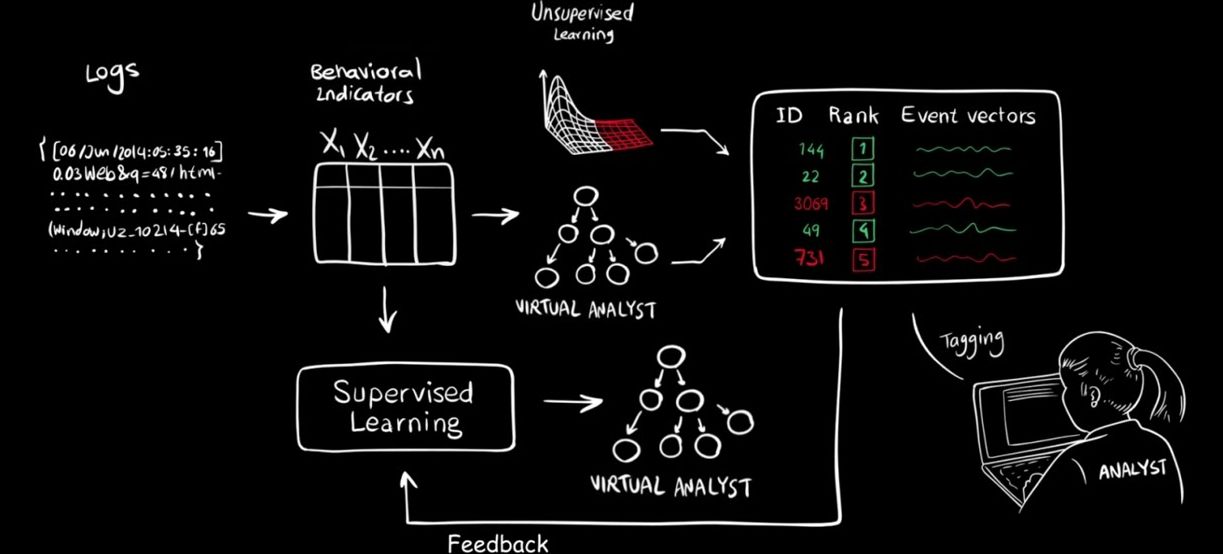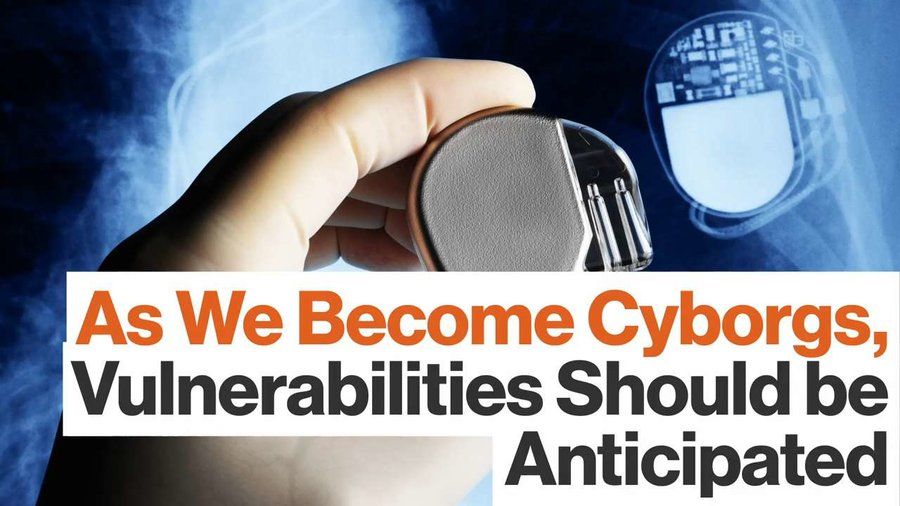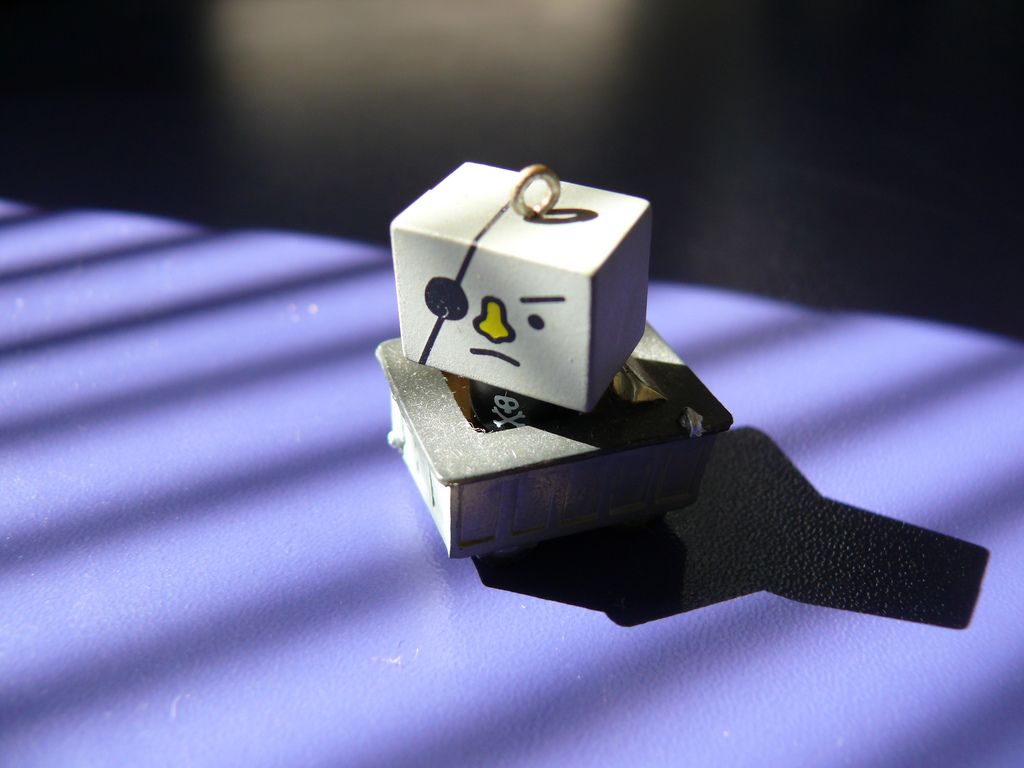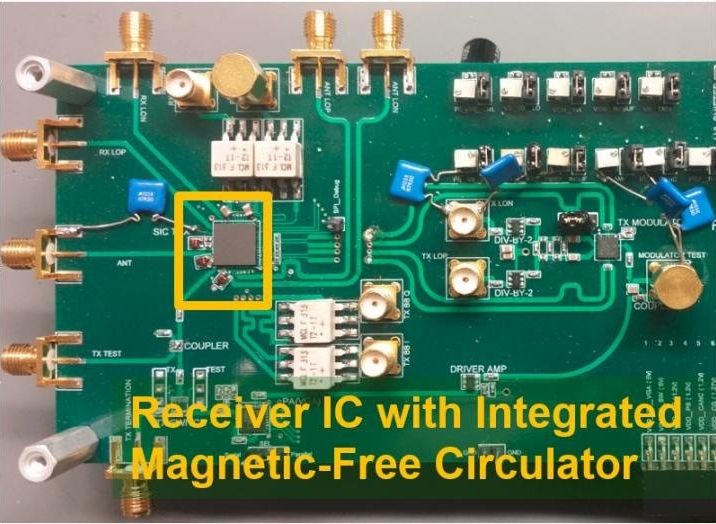Again; many problems with AI & IoT all ties back to the infrastructure of things. Focus on fast tracking QC and an interim solution (pre-QC) such as a mix of Nvidia’s GPU, blockchain for financial transactions, etc. to improve the infrastructure and Net then investors will begin to pay more attention to AI, etc.
After more than 60 years since its conceptual inception — and after too many hype-generating moments — AI is yet again making its presence felt in mainstream media.
Following a recent WEF report, many perceive AI as a threat to our jobs, while others even go so far to assert that it poses a real threat to humanity itself.
What is clear for the time being is that there are many questions that still remain unanswered: Can we actually create conscious machines that have the ability to think and feel? What we do we mean by the word conscious in the first place? What is the accurate definition of intelligence? And what are the implications of combining the Internet of Things (IoT) with intelligence?









